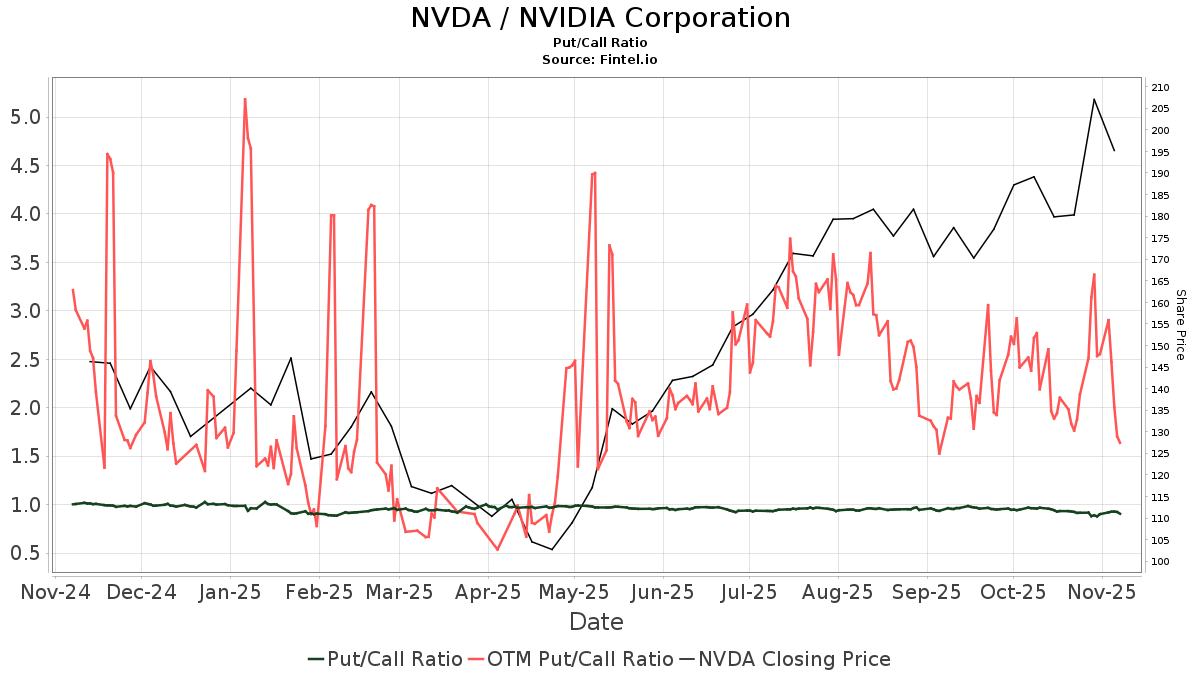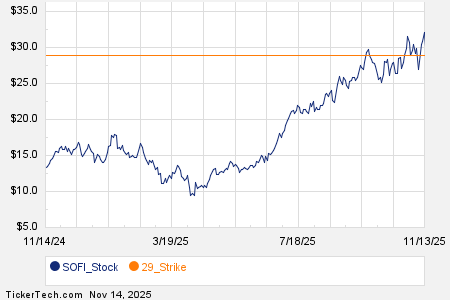Most of you probably haven’t experienced the intricate maneuver of landing an F-18 Hornet on an aircraft carrier. However, we all understand that the process is far from straightforward.
Coming in for a landing, the pilot must rely on a myriad of tools and gut instinct to make split-second adjustments. With so many variables at play, success isn’t guaranteed. The desired outcome? Engage the tailhook with precision, snag one of the arrestor wires, and smoothly decelerate—a flawless landing.
This aviation analogy resonates with the Federal Reserve’s current challenge: achieving a “soft landing.” This means curbing economic growth, often through interest rate hikes, without plunging into a recession.
Landing a jet on a Nimitz-class carrier at 150 knots (175 mph) mirrors this feat—a delicate balance, easier said than done.
On Wednesday, the Federal Reserve aimed for this soft landing, slashing key interest rates by 0.5%. I dissected the reasons behind this move, Chair Jerome Powell’s press conference insights, and the Fed’s fresh quarterly “dot plot” survey in my recent Market 360 analysis.
While the Fed’s track record with soft landings has mixed results, let’s delve into three compelling reasons supporting the 0.5% rate cut as the apt decision. Additionally, I’ll reveal a straightforward approach for investors to reap benefits.
Let’s first explore why a 0.5% rate cut aligns with the prevailing economic landscape…
The Ailing Economy: Signs of Distress
Indications reveal fractures surfacing within the U.S. economy.
Foremost, American consumers face significant strain. A recent New York Fed report unveiled a record high of $1.14 trillion in credit card balances. Since early 2021, these balances surged by 48%. Alarmingly, 9.1% of credit card balances and 8.0% of auto loan balances are delinquent.
Moreover, the latest Beige Book survey unveiled troubling trends for the September FOMC meeting. Nine of 12 Fed districts reported stagnating or receding economic activities in August.
Of concern was the widespread decline in manufacturing activity across districts. In August, 24,000 manufacturing jobs were lost, and most districts reported softer home prices. These bleak indicators presented the Fed with a compelling case for the hefty 0.5% rate cut, signaling the need to persist in further cuts until economic prospects brighten.
Inflation Dip versus Rising Unemployment
The battle against inflation is winding down significantly.
Recent Consumer Price Index (CPI) and Producer Price Index (PPI) reports suggest a mellowing of inflation. Notably, the Fed’s preferred inflation gauge—the core Personal Consumption Expenditure (PCE) index—finally nears the 2% target. Anticipate the upcoming August PCE report to further affirm moderating inflation, validating the Fed’s rate-cut strategy.
Conversely, the unemployment landscape warrants attention. The unemployment rate surged to 4.2%, a substantial climb from 3.4% just 16 months earlier. Furthermore, a substantial revision to first-quarter job data indicates 818,000 fewer jobs were generated than reported initially.
With job openings barely exceeding unemployed individuals, the Fed’s emphasis on combating unemployment is apt. Chair Jerome Powell’s focus on achieving stable prices without risking surging unemployment underscores this priority.
Market Rates Misalignment: Fed’s Countermove
While the bond market may not captivate every investor, its effects ripple through the larger market ecosystem.
Treasury yields, pivotal in determining interest rates for mortgages, auto loans, and credit cards, set the tone for borrowing costs. Misalignment between the Fed and the Treasury market can inflate borrowing expenses for consumers and businesses, hindering economic growth.
Notably, as Treasury yields dipped following recent inflation data, the Fed swiftly wielded a 0.5% rate slash, narrowing rates to a range of 4.75%-5%. Additional substantial rate cuts in ensuing policy meetings would align the Fed with market rates, fortifying monetary policies’ efficiency.
Capitalizing on Falling Interest Rates: Opportunity in Smaller-Cap Stocks
With Treasury yields trending downward and the Fed trimming rates, a pertinent question arises: Which stocks stand to gain from plummeting interest rates?
Enter smaller-cap stocks.
These companies, with market capitalizations ranging from $300 million to $2 billion, offer substantial growth potential within a brief horizon, distinct from their larger-cap counterparts. Despite erratic performance this year, smaller companies are poised for significant gains, bolstered by reduced borrowing costs for operations following a rate cut.
Illustratively, the Russell 2000 index surged by 6.5% since September 6, reflecting a strong upward trajectory. Notably, my Breakthrough Stocks portfolio outpaced this surge, underscoring the remarkable potential in select small-cap companies. Navigating this small-cap realm skillfully holds immense promise for investors eyeing the current “melt-up” trend.







